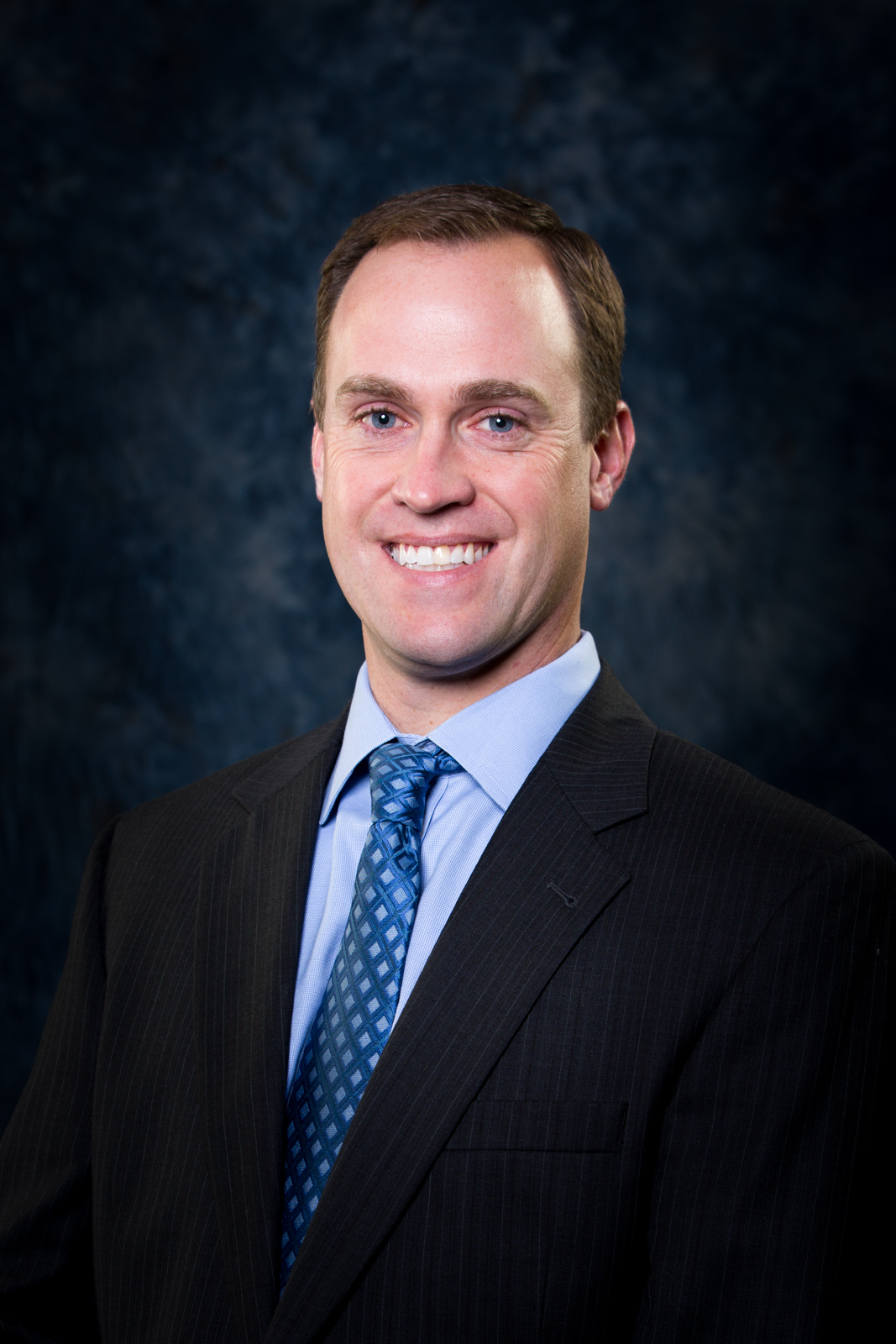MS4. TMDL. NPDES. These acronyms (and many more) can sometimes make complying with municipal storm water regulations seem like an exercise in alphabet soup more than anything else. A variety of recent advances in ways of thinking and technology can simplify regulatory compliance, leaving you with just a mild headache instead of a screaming migraine.
So what should your municipality be thinking about to ease the burden? Here are several examples:
Utilize the technology you already have to the maximum extent possible. A great example of this approach is the storm water features within GIS. R/M has tools to digitally track erosion control inspections, storm water facility inspections, illicit discharge detection, and many other aspects of your storm water program, helping ease the year-end reporting burden.
Develop two and three dimensional computerized storm water models to show elected officials and residents a visual “movie” of how your municipal storm water management system performs during a large storm. This can be an invaluable tool to get the buy-in across your entire community that is needed to make those overdue improvements.
Add creative language to your storm water ordinances to ensure that development moves you closer to regulatory compliance. This might include requirements regarding phosphorus control, water reuse, groundwater separation, volume control, or BMP storm water education.
Implement storm water improvements in cost effective ways to augment roadway, utility, parks, or other municipal projects.
Consider the creation of wetland banks and/or excess TMDL credits as a source of municipal income or a way to attract development.
Milwaukee has one of the leading clusters of water-related technology and businesses throughout the world. As members of The Water Council and tenants in downtown Milwaukee’s Global Water Center, R/M is at the center of new technology start-ups through the BREW Accelerator which are rapidly innovating within the world of storm water. Recent examples of this include:
UWM researchers developing a simple and inexpensive test to determine sources of bacteria in storm water.
A handful of new technologies designed to efficiently remove phosphorus from storm water.
Remote sensing equipment that allows municipalities to simply operate and view the performance of their storm water resources throughout their communities.
These are just examples of the "outside the box" thinking that can help a municipality move towards compliance in the most efficient and cost-effective manner possible. The experts at R/M work with many municipalities in Wisconsin and Illinois and have experience with a large variety of techniques that can help you ease the compliance burden.
Contact an expert today for more information on storm water management.
About the Author
Steven C. Wurster, P.E., CFM, CPSWQ
Senior Vice President and COO, Client Team Leader
Steve thrives in the area of storm water management. His experience as a project manager and project engineer includes municipal water resources master planning, storm water management facilities design and review, NR216 permitting and compliance, storm water utility implementation, environmental permitting and hydrologic, hydraulic, and flood plain modeling. He is also experienced in site grading and erosion control design, utility design, transportation facilities design, development review, construction management and general municipal consulting. Steve has been employed by Ruekert & Mielke, Inc. since 1999.






